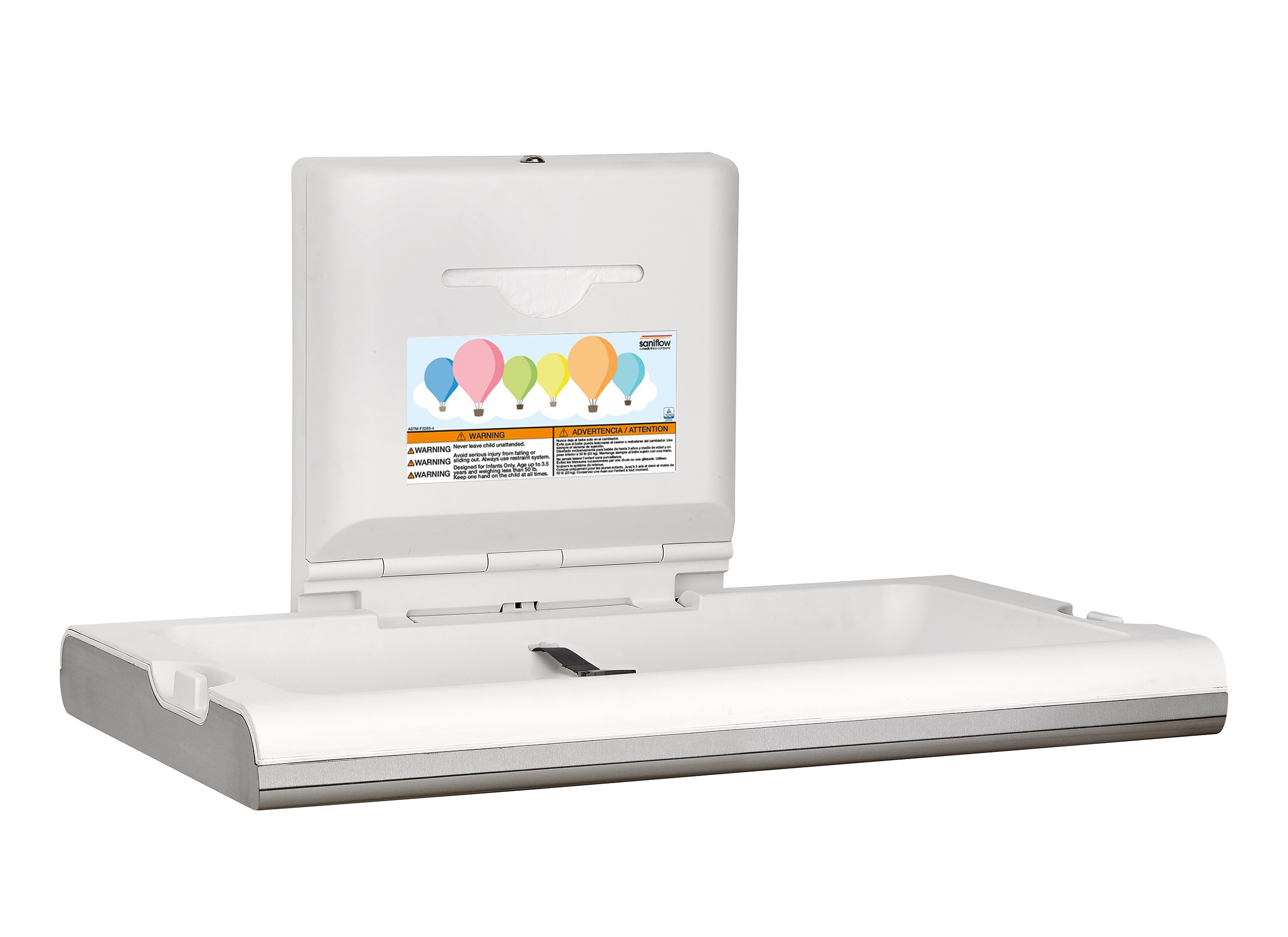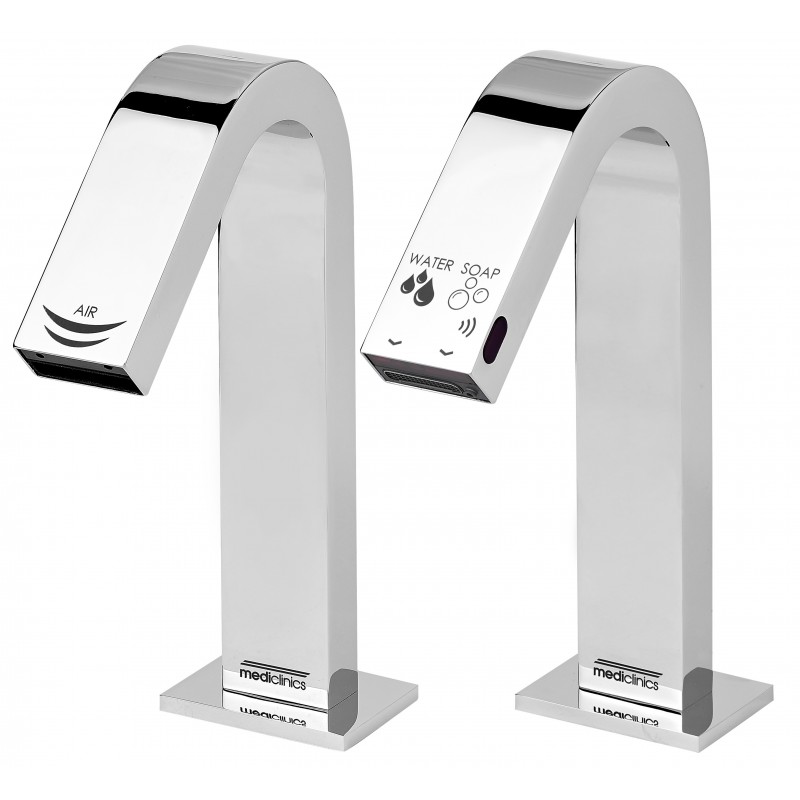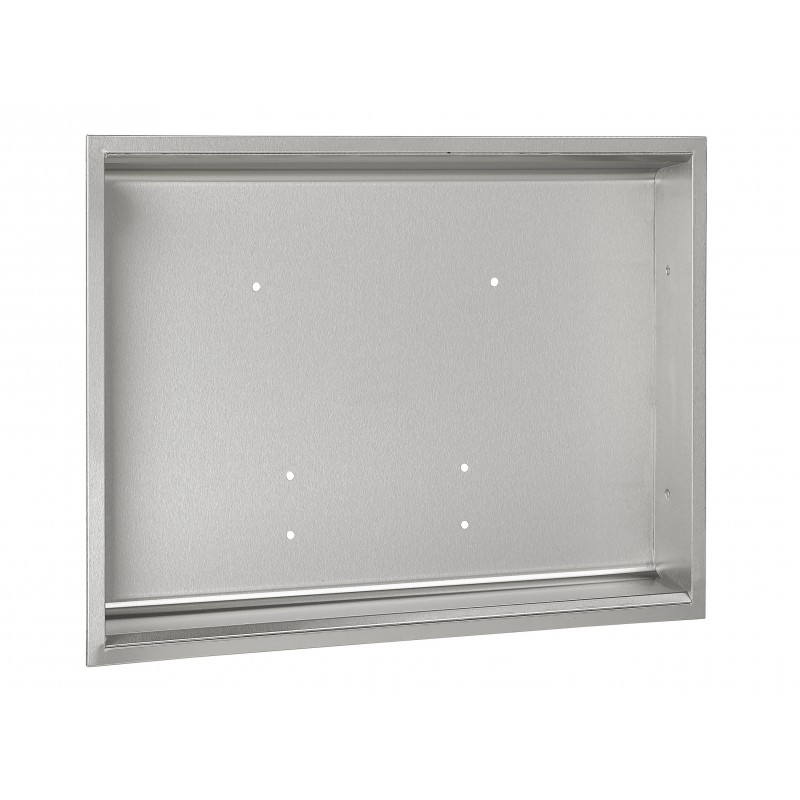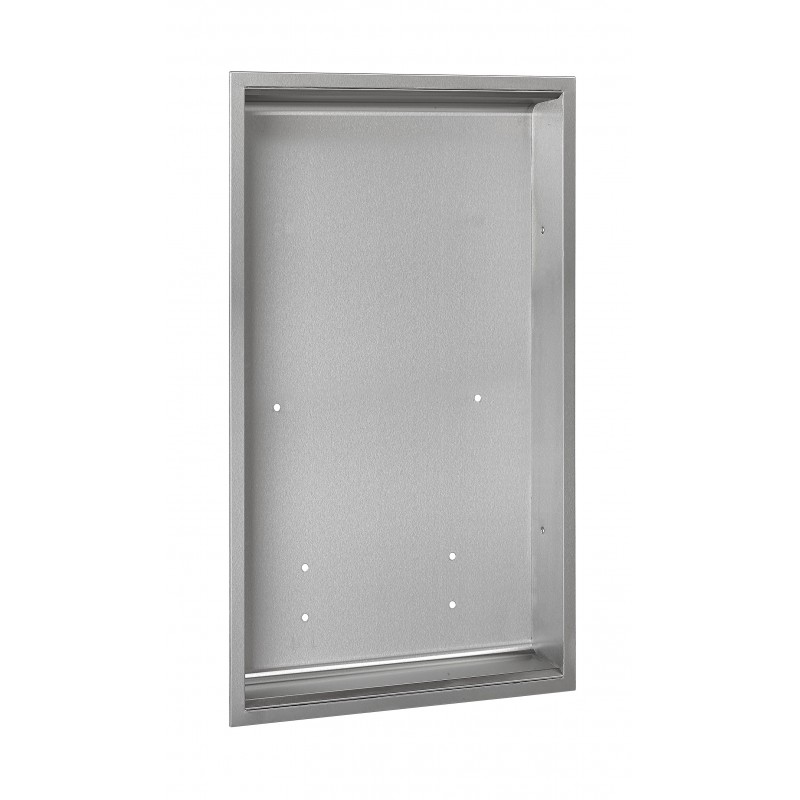From Simplicity to Innovation: The Evolution of Baby Changing Stations
Baby changing stations have come a long way from their humble beginnings to the modern, innovative designs we see today. In this blog post, we will take a fascinating journey through time, tracing the history and development of baby changing stations, highlighting the advancements that have made parenting more convenient and comfortable for caregivers.
- Early beginnings
In the early days, baby changing was a straightforward task, often done on a simple cloth or blanket laid on a flat surface. Parents relied on the resourcefulness, finding any available clean and safe space to attend to their little ones’ needs. This traditional setup was primarily used in homes and presented some challenges when venturing outside.
.png)
- Emergence of Public Changing Tables
As society began to recognize the importance of providing facilities for caregivers in public spaces, the first public changing tables started to appear in the 1950s. These basic changing stations were often installed in restrooms and made of sturdy materials like stainless steel. They were a welcome sight for parents on the go, but improvements were still needed.
- Wall-Mounted and Foldable Designs
In the 1970s, wall-mounted and foldable baby changing stations emerged, taking advantage of limit space in public restrooms. These stations could be folded away when not in use, making them practical and efficient. While theses designs were more convenient, there was still room for improvement in terms of hygiene and comfort.
.jpg)
- Safety and Comfort Upgrades
In the 1990s, safety and comfort became paramount in the evolution of baby changing stations. Manufactures stared incorporating safety straps to secure the baby during diaper changes, ensuring a secure and stable experience. Additionally, softer, padded surfaces replaces the hard materials, offering more comfort for the baby.

- Design and Aesthetics
As baby changing stations became commonplace in public spaces, aesthetics and design began to play a role. The focus shifted towards creating sleek, aesthetically pleasing stations that blend seamlessly with the overall décor of restrooms and changing rooms. This shift made caregivers feel more at ease while using these facilities.
- Hygienic Technology
With the advent of the 21st century, one development to keep the safety and hygiene of the baby’s some of the baby changing stations is supplied with an ionizer ("Ion Hygienic" technology) ) that neutralizes viruses and bacteria thanks to the negatively charged particles it emits, helping to maintain the baby changing station free of these harmful microorganisms for the baby's health.
- Inclusive and Accessible Design
Another important development in recent years is the emphasis on inclusive and accessible design. Many baby changing stations are now designed to accommodate caregivers of all abilities, making the process more inclusive and comfortable for everyone.
The evolution of baby changing stations reflects society’s growing awareness of the importance of supporting parents and caregivers in their journey. From simple setups to modern, innovative designs, baby changing stations have come a long way. As we move forward, the focus remains on safety, comfort, inclusivity, and incorporating technology to enhance the overall diapering experience for both babies and caregivers.















